Grass is a vital component of many landscapes, serving not only aesthetic purposes but also functional roles such as erosion control and habitat provision. There are primarily two categories of grass: cool-season grasses and warm-season grasses. Cool-season grasses, such as Kentucky bluegrass, fescue, and ryegrass, thrive in the northern regions where temperatures are moderate.
They grow best during the spring and fall when temperatures are cooler, making them ideal for areas that experience cold winters and mild summers. These grasses tend to have a lush, dense appearance and are often favored for their rich green color. On the other hand, warm-season grasses, including Bermuda, zoysia, and centipede grass, flourish in southern climates where temperatures are higher.
These grasses are most active during the summer months and enter dormancy in the cooler fall and winter seasons. Warm-season grasses typically have a coarser texture and can withstand heat and drought better than their cool-season counterparts. Understanding these distinctions is crucial for homeowners and landscapers alike, as selecting the appropriate type of grass can significantly impact the health and appearance of a lawn.
Key Takeaways
- There are different types of grass, including warm-season and cool-season varieties, each with unique characteristics and requirements.
- It’s important to choose the right grass for your climate, considering factors such as temperature, rainfall, and soil type.
- Proper grass care, including watering, mowing, and fertilizing, is essential for maintaining a healthy lawn.
- Different grass types offer various benefits, such as drought tolerance, disease resistance, and aesthetic appeal.
- Common grass problems like weeds, pests, and diseases can be managed through proper maintenance and timely intervention.
Choosing the Right Grass for Your Climate
Selecting the right grass type for your specific climate is essential for establishing a thriving lawn. In regions characterized by cold winters and moderate summers, cool-season grasses are often the best choice. For instance, Kentucky bluegrass is renowned for its vibrant color and ability to form a dense turf, making it a popular option in northern states.
However, it requires consistent moisture and may struggle during periods of extreme heat. Fescue varieties, particularly tall fescue, offer a more drought-resistant alternative while still providing a lush appearance. Conversely, in warmer climates where temperatures soar during the summer months, warm-season grasses are more suitable.
Bermuda grass is a common choice in southern states due to its resilience to heat and ability to recover quickly from wear and tear. Zoysia grass is another excellent option, known for its thick growth and shade tolerance. When choosing grass for your lawn, consider not only the climate but also factors such as soil type, sun exposure, and intended use of the lawn—whether for recreational activities or purely ornamental purposes.
Maintaining a Healthy Lawn with Proper Grass Care
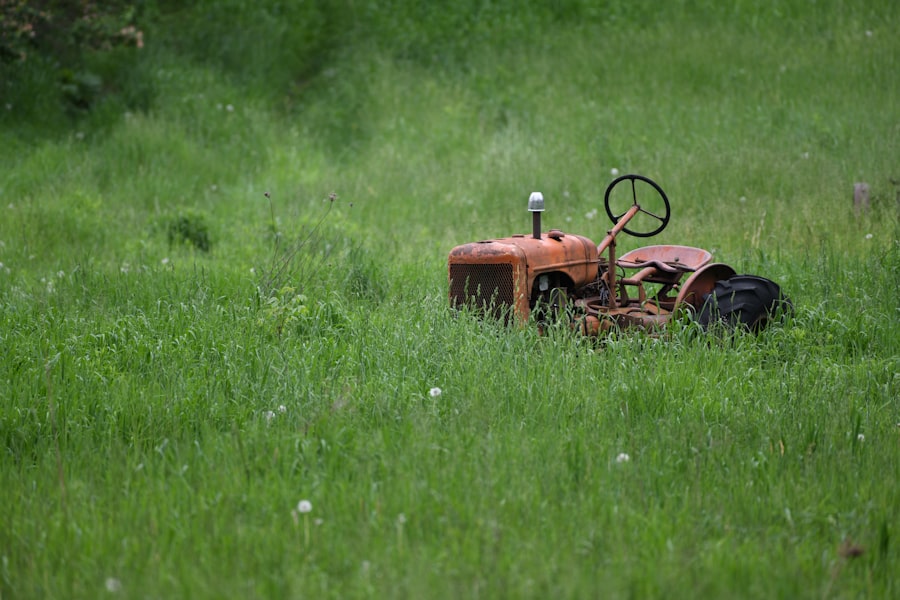
Once you have selected the appropriate grass type for your lawn, maintaining its health becomes paramount. Proper care involves several key practices, including mowing, watering, fertilizing, and aerating. Mowing should be done regularly to keep the grass at an optimal height; this varies depending on the grass type but generally falls between 2 to 4 inches.
Mowing too short can stress the grass and make it more susceptible to pests and diseases. Watering is another critical aspect of lawn care. Grass typically requires about one inch of water per week, either from rainfall or irrigation.
Fertilization should be tailored to the specific needs of your grass type; cool-season grasses often benefit from nitrogen-rich fertilizers in early spring and fall, while warm-season grasses may require feeding in late spring or early summer. Aeration is also beneficial as it alleviates soil compaction, allowing air, water, and nutrients to penetrate deeper into the soil.
Benefits of Different Grass Types for Your Lawn
| Grass Type | Benefits |
|---|---|
| Bermuda Grass | Drought tolerant, good wear resistance, rapid growth |
| Zoysia Grass | Drought and heat tolerant, low maintenance, dense growth |
| Fescue Grass | Shade tolerant, low maintenance, good cold tolerance |
| St. Augustine Grass | Tolerant to heat and humidity, good shade tolerance, rapid growth |
Different types of grass offer unique benefits that can enhance the overall quality of your lawn. For instance, Kentucky bluegrass is prized for its rich color and ability to self-repair through underground rhizomes. This characteristic makes it an excellent choice for high-traffic areas where wear and tear are common.
Additionally, its dense growth helps suppress weeds naturally, reducing the need for chemical interventions. Warm-season grasses like Bermuda grass provide exceptional drought resistance and heat tolerance, making them ideal for regions with long summers and limited rainfall. Their aggressive growth habit allows them to establish quickly and recover from damage efficiently.
Zoysia grass offers a unique advantage in that it thrives in both sunny and partially shaded areas, making it versatile for various landscape designs. Each grass type brings its own set of advantages that can cater to specific environmental conditions and homeowner preferences.
Dealing with Common Grass Problems
Despite best efforts in maintenance, lawns can still face various challenges that may hinder their health and appearance. Common problems include pests such as grubs and chinch bugs, which can cause significant damage if left unchecked. Regular monitoring of your lawn can help identify these issues early on.
Integrated pest management strategies can be employed to control infestations without relying solely on chemical pesticides. Diseases such as brown patch or dollar spot can also affect grass health. These fungal infections often thrive in conditions of high humidity or excessive moisture.
To combat these issues, proper lawn care practices such as ensuring adequate air circulation through mowing at the correct height and avoiding overwatering are essential. Additionally, using disease-resistant grass varieties can provide an extra layer of protection against common turf diseases.
Enhancing Your Lawn with the Right Grass Type
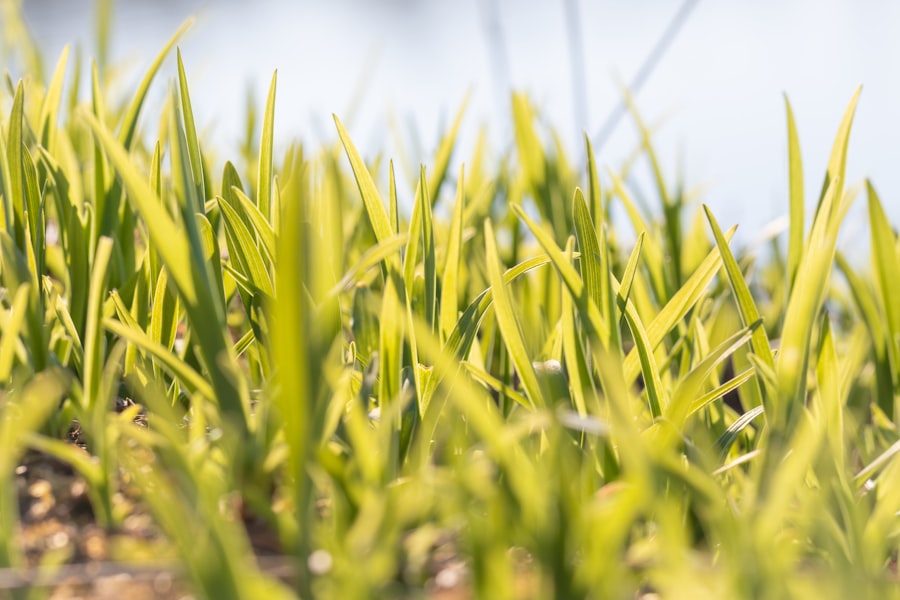
Enhancing your lawn involves more than just selecting a single type of grass; it can also include incorporating different varieties to create a more resilient and visually appealing landscape. For example, blending cool-season grasses like fescue with Kentucky bluegrass can result in a lawn that maintains its color throughout varying weather conditions while providing improved drought resistance. Incorporating ornamental grasses into your landscape design can also add texture and visual interest.
Varieties such as fountain grass or blue fescue can serve as attractive borders or focal points within your yard. These ornamental grasses not only enhance aesthetic appeal but also contribute to biodiversity by attracting beneficial insects like pollinators. By thoughtfully selecting and combining different grass types, homeowners can create a dynamic lawn that meets both functional needs and aesthetic desires.
Creating a Beautiful Landscape with a Variety of Grasses
A well-designed landscape often features a variety of grasses that complement each other while serving different purposes within the ecosystem. For instance, using low-growing ground cover grasses can help prevent soil erosion on slopes while providing a lush green appearance year-round. Taller ornamental grasses can be strategically placed to create privacy screens or windbreaks while adding movement and texture to the landscape.
Incorporating native grasses into your landscape design is another effective way to promote sustainability while enhancing beauty. Native grasses are adapted to local conditions and require less maintenance than non-native varieties. They provide habitat for wildlife and contribute to soil health by supporting beneficial microorganisms.
By embracing diversity in grass selection, homeowners can create landscapes that are not only visually stunning but also ecologically sound.
Tips for Establishing and Growing a Lush Lawn
Establishing a lush lawn requires careful planning and execution from the initial seeding or sodding process to ongoing maintenance practices. One of the first steps is selecting high-quality seed or sod that is appropriate for your climate zone and soil type. When seeding, it’s crucial to prepare the soil adequately by tilling and removing debris to create an optimal seedbed.
Timing is also essential; cool-season grasses should be planted in early spring or early fall when temperatures are conducive to germination, while warm-season grasses should be sown after the last frost date when soil temperatures rise consistently above 65°F (18°C). Once established, regular watering is vital during the first few weeks to ensure deep root development. As your lawn matures, maintaining proper mowing heights will encourage healthy growth while preventing weed establishment.
Fertilization should be based on soil tests to determine nutrient needs accurately; this ensures that you provide your lawn with what it requires without over-fertilizing, which can lead to environmental issues such as runoff pollution. By following these guidelines and understanding the nuances of different grass types, homeowners can cultivate a vibrant lawn that enhances their outdoor space while contributing positively to the environment around them.
If you are interested in learning more about different types of grass and their characteristics, you may want to check out this article on Introduction to Nyaya and Vaiseṣika: Nyaya Pramanas, Laukika and Alaukika Vaiseṣika, Upalabdhi, Anupalabdhi, Padarthas, Atomistic Theory of Creation. This article delves into the philosophical concepts of Nyaya and Vaiseṣika, providing a comprehensive guide to their principles and theories. Understanding the foundational ideas behind these philosophies can help you appreciate the diversity and complexity of grass types in a new light.
FAQs
What are grass types?
Grass types refer to a category of plants that are characterized by their narrow leaves and ability to grow in a variety of environments. They are commonly used for landscaping, as well as for agricultural and recreational purposes.
What are some common examples of grass types?
Some common examples of grass types include Bermuda grass, Kentucky bluegrass, fescue, ryegrass, and zoysia grass. These varieties vary in their appearance, growth habits, and environmental requirements.
What are the benefits of using grass types for landscaping?
Grass types are often used for landscaping due to their ability to create lush, green lawns and ground cover. They can help prevent soil erosion, provide a natural habitat for wildlife, and contribute to a visually appealing outdoor environment.
How do I choose the right grass type for my lawn?
The right grass type for your lawn will depend on factors such as climate, soil type, sun exposure, and intended use. It’s important to research and consider these factors before selecting a grass type to ensure its success in your specific environment.
How do I care for grass types in my lawn?
Caring for grass types in your lawn typically involves regular watering, mowing, fertilizing, and pest control. It’s important to follow specific care guidelines for the particular grass type you have chosen to maintain its health and appearance.
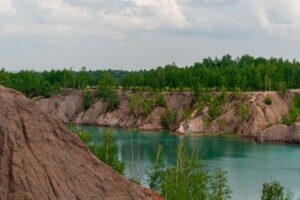









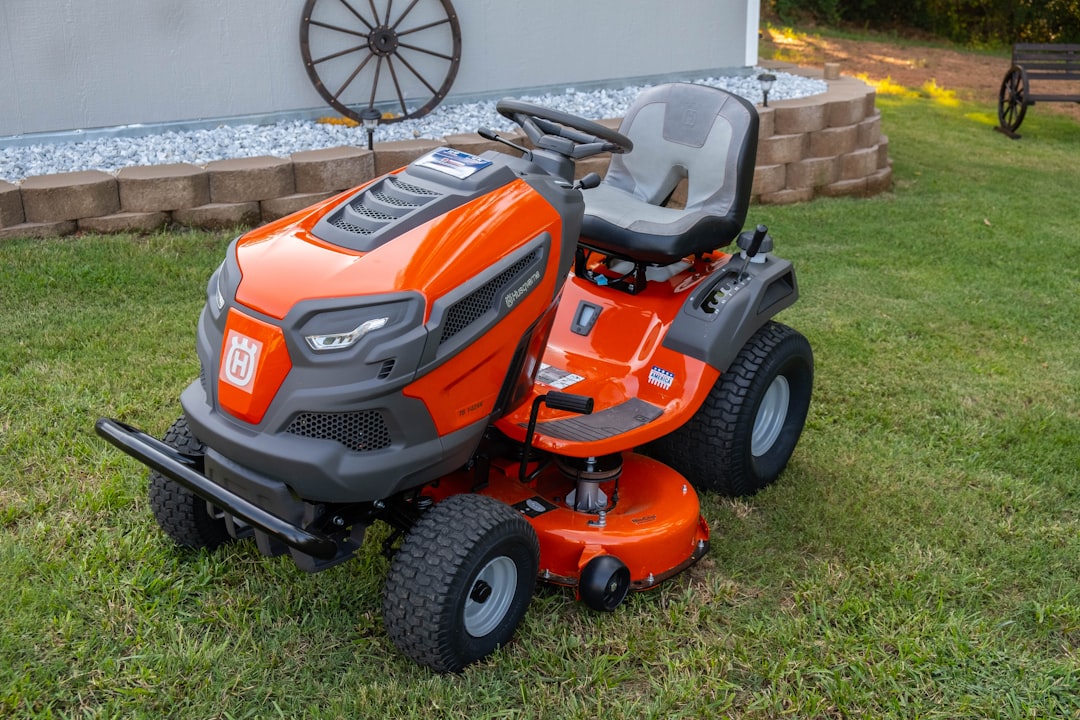
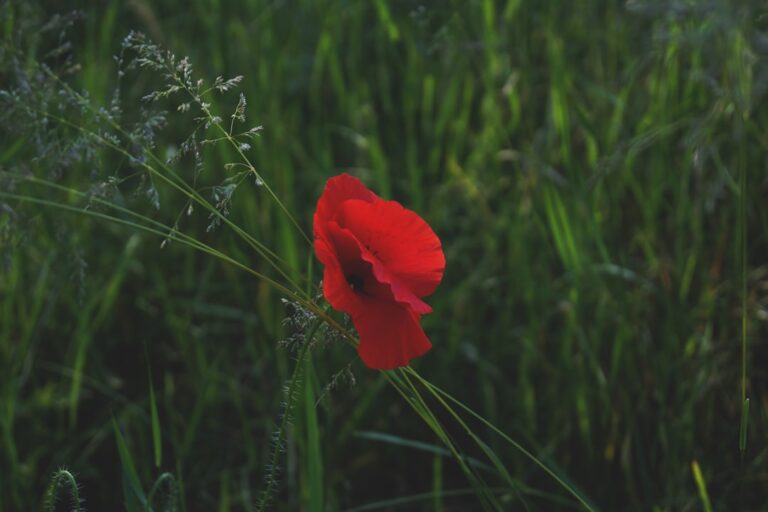

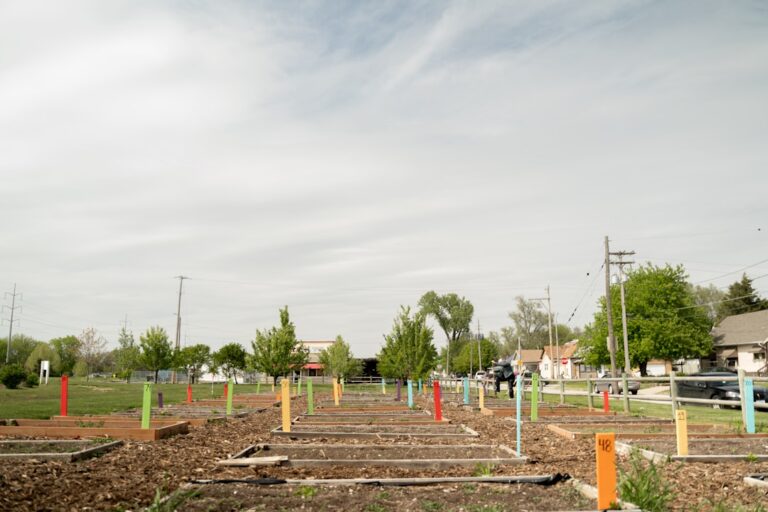










+ There are no comments
Add yours